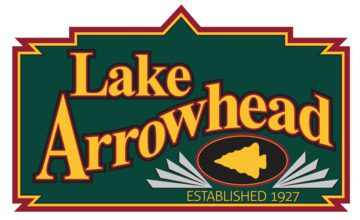LAKES
– Mehmet Murat ildan
Lake access points for all Easement-Holders in good standing:
TO LAKE ARROWHEAD:
- Common access to Lake Arrowhead and the boat storage area is located between 68 & 72 Lakewood Drive, Denville. Boat storage is at no additional cost and on a first come, first-served basis.
- Another common access to Lake Arrowhead is located between 28 & 30 Lakewood Drive, Denville. Boats may not be stored at this location and you may not park your car here, since this is an active driveway to the two homes on either side.
- Common access to Lake Arrowhead is also behind the clubhouse at 12 Lakewood Drive. Boats may not be stored at this location. Access to the lake via the beach should be avoided. Parking is permitted in the parking lot – as long as there is not an ongoing or upcoming Clubhouse rental on the same day. Clubhouse rentals are listed on the Calendar App on the website at www.LakeArrowheadClub.com Let’s be courteous to our fellow neighbors.
TO GREAT BAY:
- Common access to Great Bay is located at the intersection of Ridgewood Parkway, Mosswood and Ironwood. Boats may not be stored at this location.
TO BAY OF DEEP WATERS:
- Common access to Bay of Deep Waters is located across the street from 2 Laurelwood, Mountain Lakes. Boats may not be stored at the location.
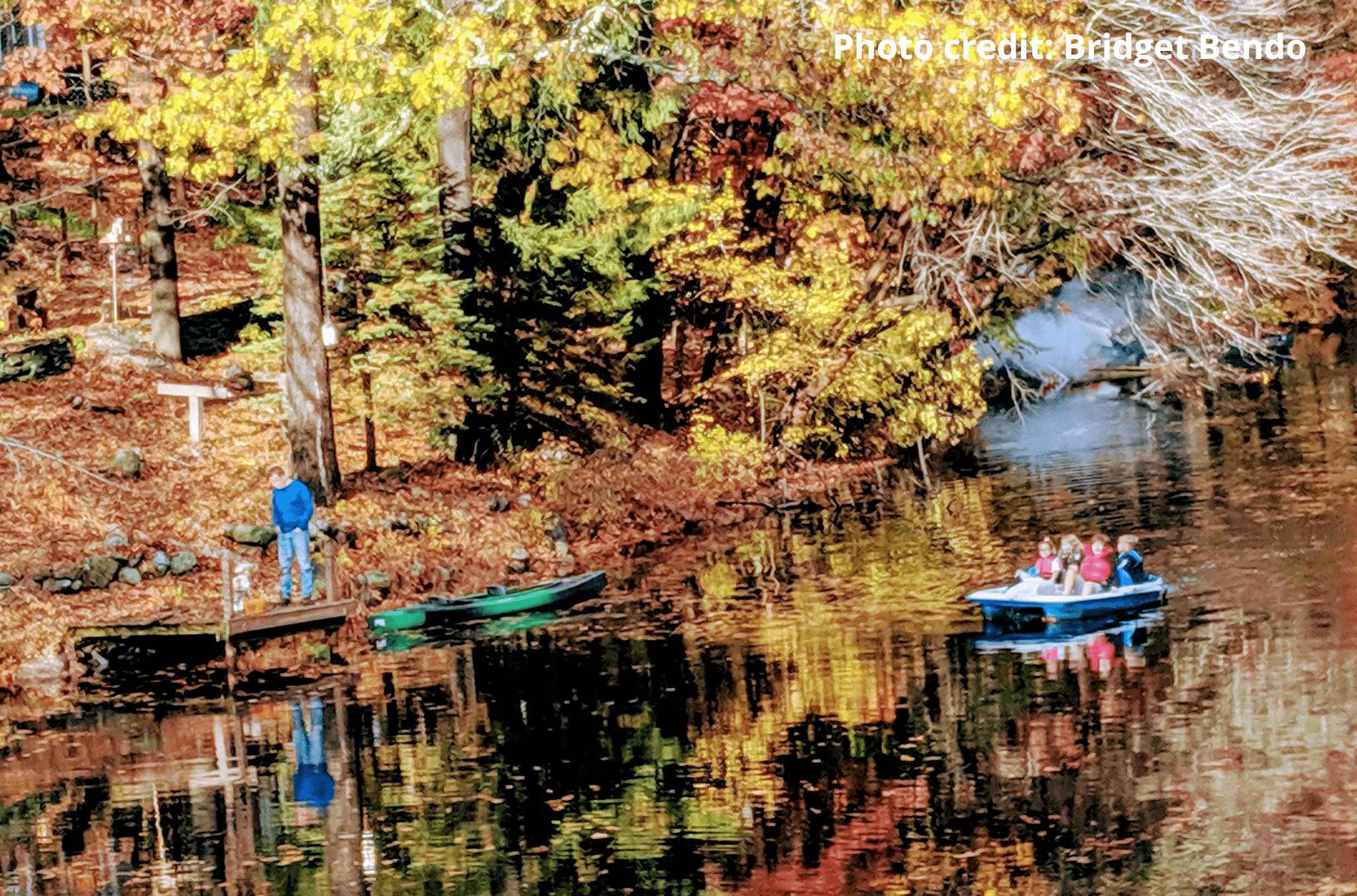
Bay of Deep Waters
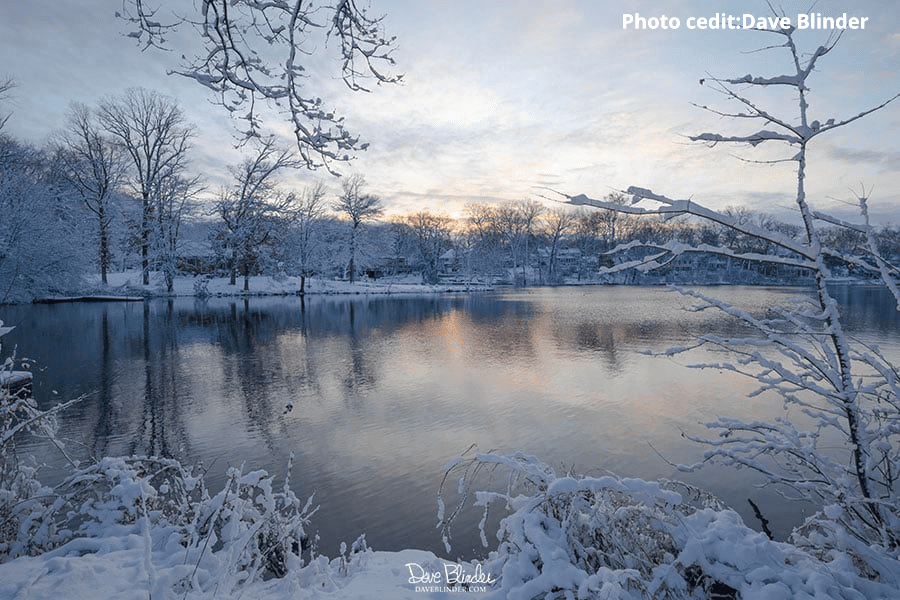
Lake Arrowhead
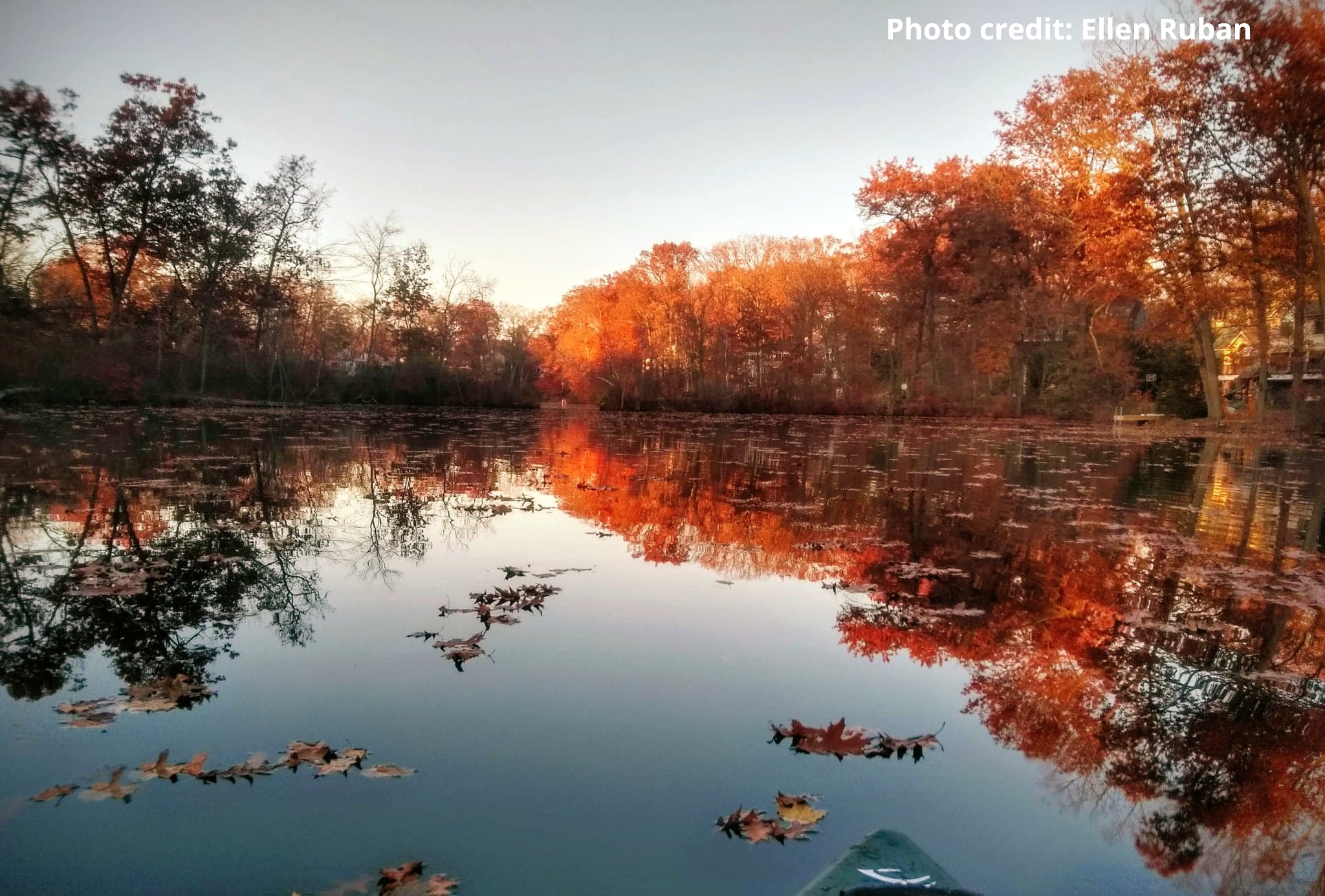
Great Bay
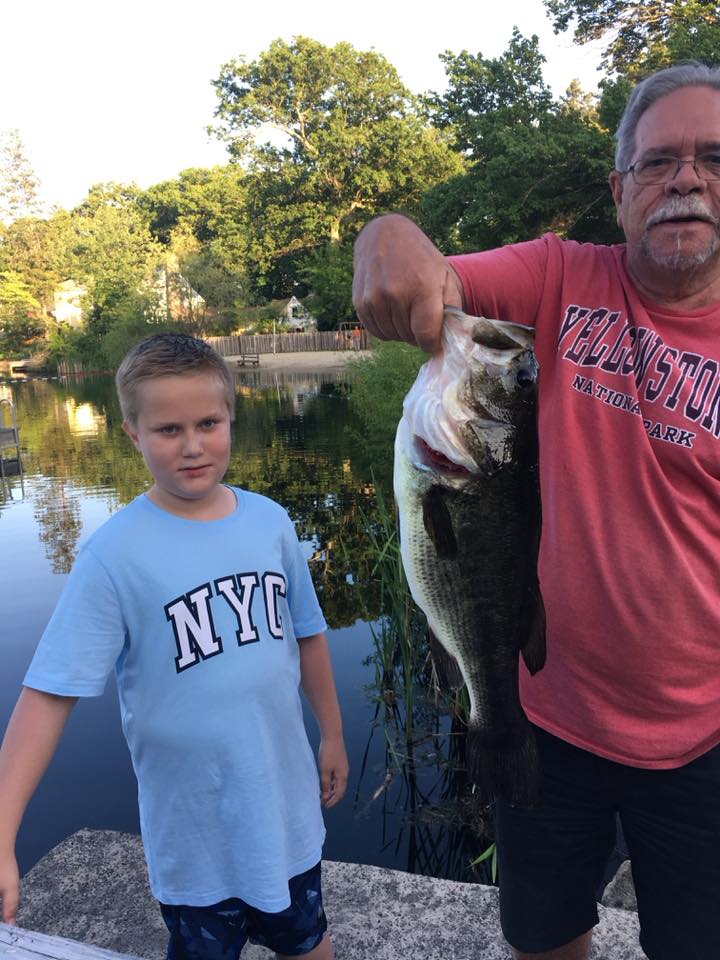
In order to maintain a favorable balance between the needs of aquatic life and recreational use, the lakes are chemically treated during the summer months as deemed appropriate and necessary.
The dam on Lake Arrowhead maintains the water level in the lake and is manually adjusted by residents who have been trained to do so. The lake used to be lowered from time-to-time in the fall to allow homeowners the opportunity to repair docks and retaining walls and to help control weed growth. Natural springs on the lake bottom would assist in replenishing the water levels. However, in recent years, due to the waning of the natural springs, the community has not lowered the lake, as the lake only has rainfall to rely on to replenish its levels. The dam on Lake Arrowhead is maintained by the Lake Arrowhead community and subject to regular engineering inspections to remain in compliance. As with all lakes in the town, there is a detailed Emergency Action Plan for the Lake Arrowhead dam filed with the Town of Denville.
Maintenance of the lakes is an item of considerable expense to Easement-holders, and it is only fair that utilization of the lakes, docks and waterfront for all purposes and at all times of the year, be restricted to Easement and Club Members, in good standing, of Lake Arrowhead Club and their guests.
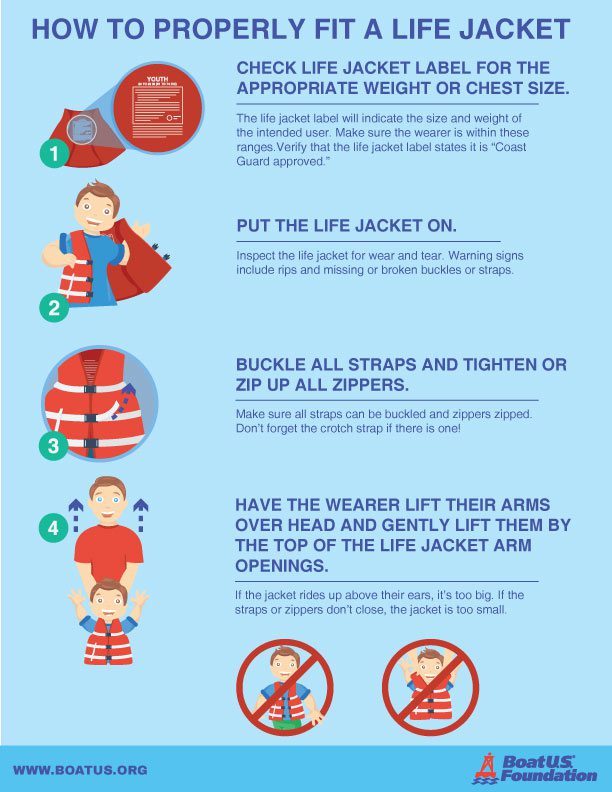
Algae
We have all watched the algae overtake our wonderful lakes in recent years. The Lake Arrowhead Lakes Committee is tackling the problem with a new lake management firm and program, but we can’t succeed without your help. Those large algae blooms are an indication that there is too much of the nutrient phosphorus in the lake waters. Our goal is to get rid of the algae blooms and encourage a healthy lake ecosystem with native lakeshore and aquatic plants instead.
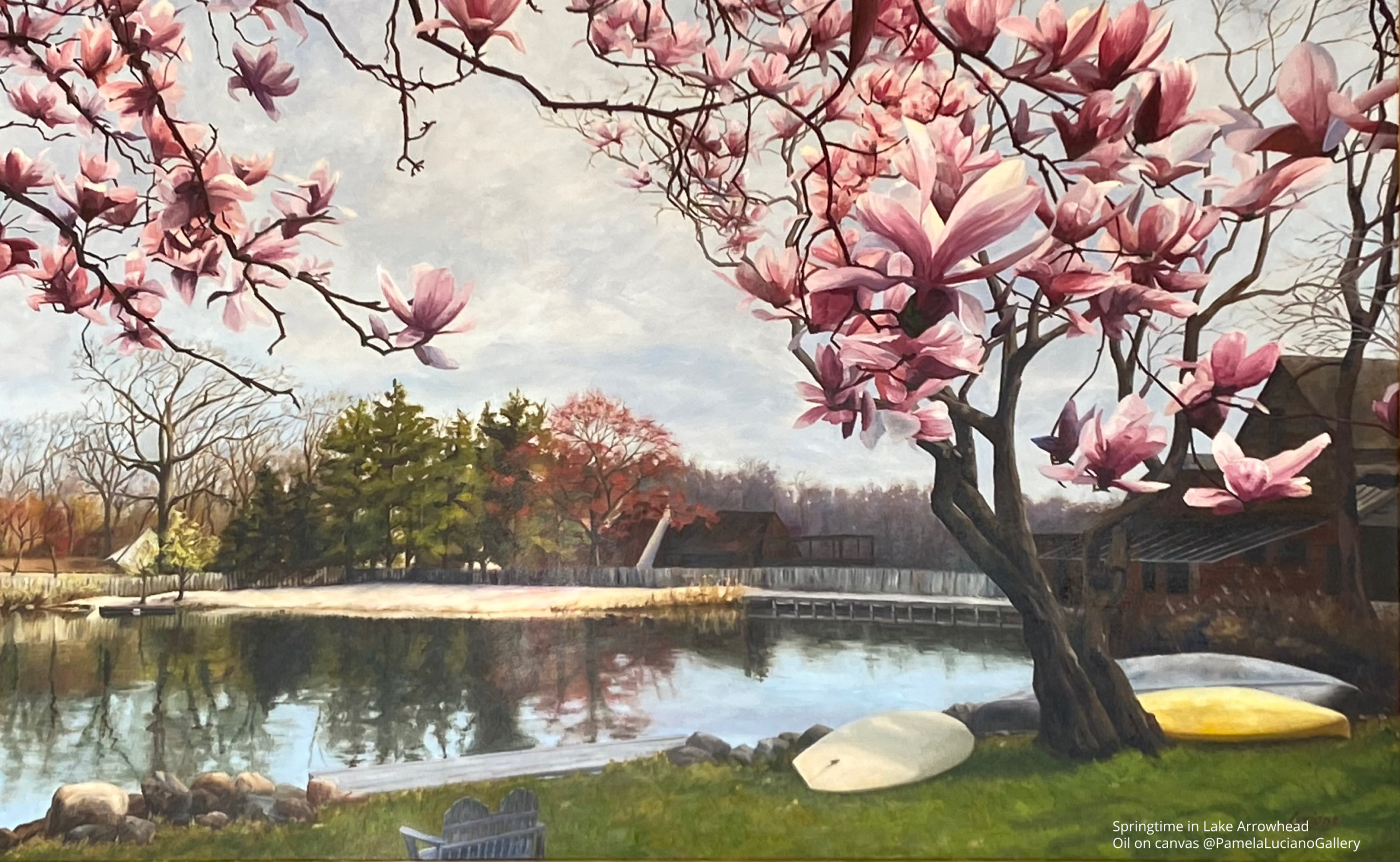
WHAT CAN YOU DO?
- Use phosphate-free fertilizer (mandated in Denville and Mountain Lakes) or, even better, don’t use any fertilizer. Just one lb. of phosphorus produces 500 lbs. of algae!!!
How can you tell? Fertilizer bags have three numbers on them, for the percentage of nitrogen, phosphorus and potassium, respectively. A middle ZERO (0) means it’s phosphorus-free. A licensed lawn care service should be following both Mountain Lakes and Denville ordinances and using phosphorus -free fertilizer- but ask! - Don’t use any fertilizer within 10’ of the lakes – as also mandated in Denville’s ordinance.
- Minimize the use of broad-leafed herbicides (like Round-up) and pesticides, which end up in the lake and kill the healthy lake plants and animals. Better yet, don’t use them at all.
- Aggressively manage your leaves and yard waste. Rake as soon as the leaves fall, so the run-off from the decomposing leaves can’t feed the algae. If you live on the lake, trim back branches hanging over the water. The leaves sink to the bottom and decompose, which makes the lake shallower and warmer, and adds nutrients, all of which accelerate algae growth.
- Clean up after your pets – and geese; their droppings also feed the algae.

- Plant native trees and shrubs instead of lawns. Runoff from lawns carries 8 times more phosphorus into the lake than runoff from wooded areas. Less mowing too!! Why native? They are hardy, spread fast and don’t require fertilizer or pesticides. See http://www.npsnj.org/index.html
- If you live on the lake, plant a buffer zone of native trees, shrubs, grasses and wildflowers between your lawn and the lake to filter the polluted/fertilizer run-off. Encourage native water plants along your shoreline to help filter polluted runoff, and provide important habitat for turtles, fish and frogs. The geese will be discouraged from your lawn, too! What’s a buffer zone? See http://lakewhatcom.wsu.edu/gardenkit/INDEX.HTML to get started.
- Build a rain garden with native plants and wildflowers to absorb runoff before it gets to the lakes. What’s a rain garden? See http://www.npsnj.org/rain_garden_home.html
- Minimize paved driveways and walkways, which can’t absorb run-off.
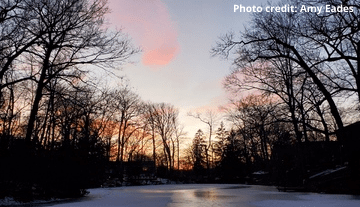
Bay of Deep Waters
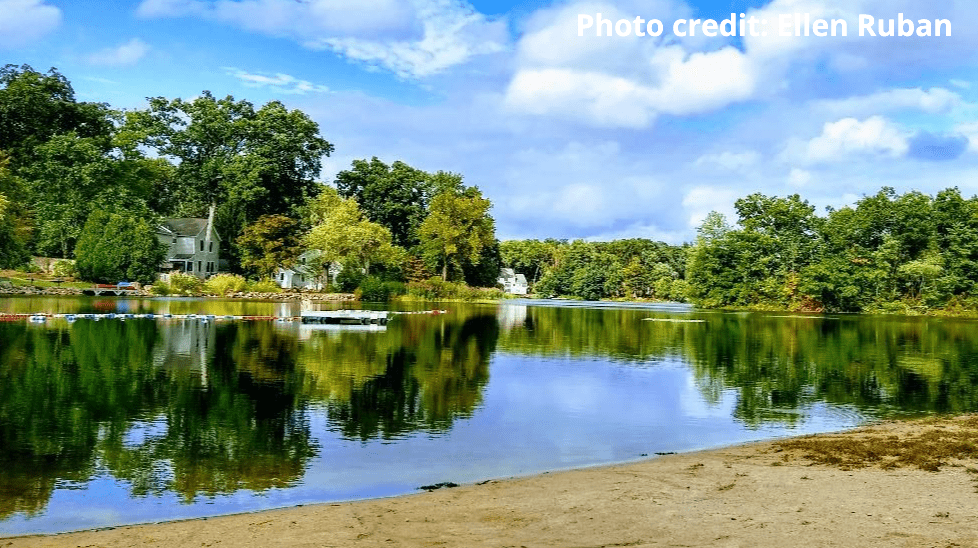
Lake Arrowhead
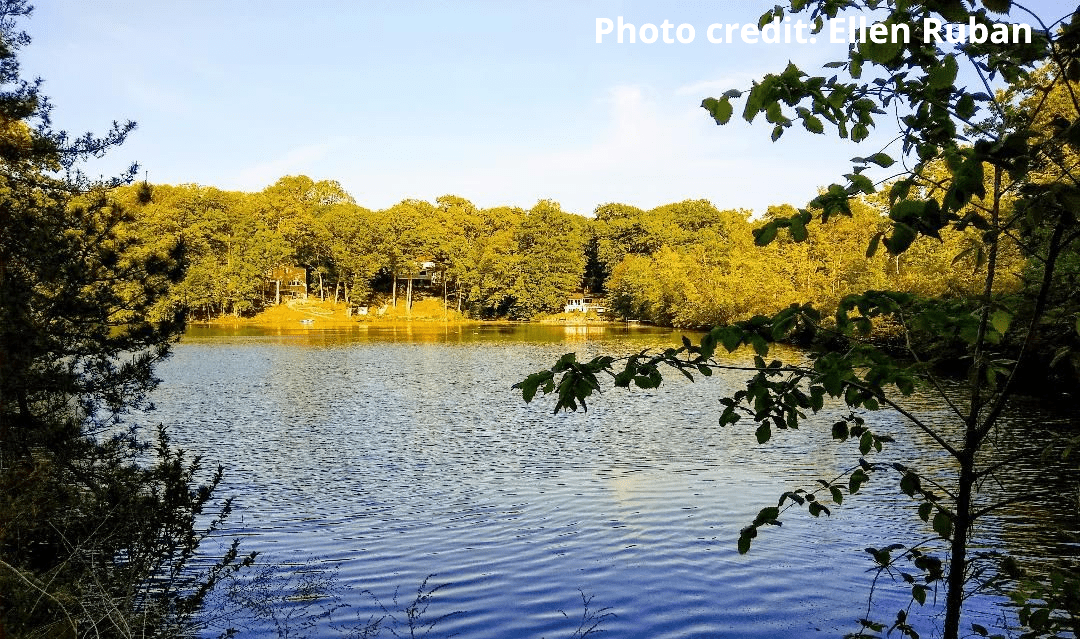
Great Bay

Bay of Deep Waters

Lake Arrowhead

Great Bay
Why You?
You live in the Lake Arrowhead watershed, so everything that is put or left on your property (lawn/driveway) eventually gets washed into the lakes. The quality of our lakes is a reflection of how well we all take care of our properties and keeping the lakes beautiful and ecologically healthy will result in higher property values for all home owners in the watershed.
Keep reading for additional information on watershed area management practices that you may want to review. The information packets will describe how to cultivate your native plant rain garden and/or your lakeside buffer zone, if you have lakefront property; what our newly hired lake management company is doing; and the Lakes Committee’s nutrient mitigation and testing activities. If you have any questions, please feel free to give Lake Chairman or any Lake Committee member a call!
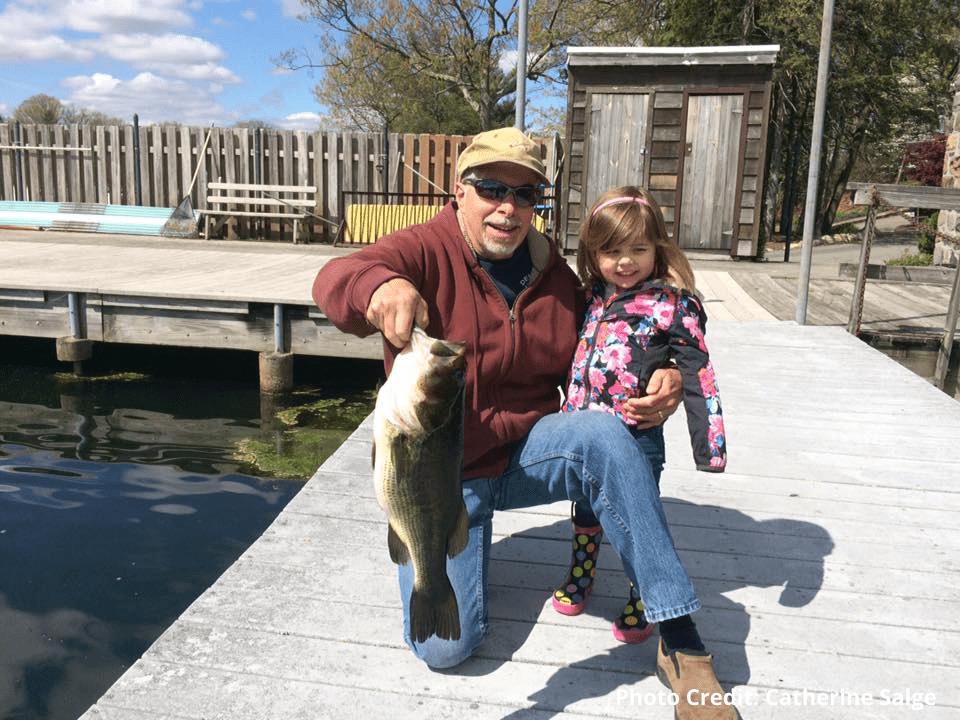
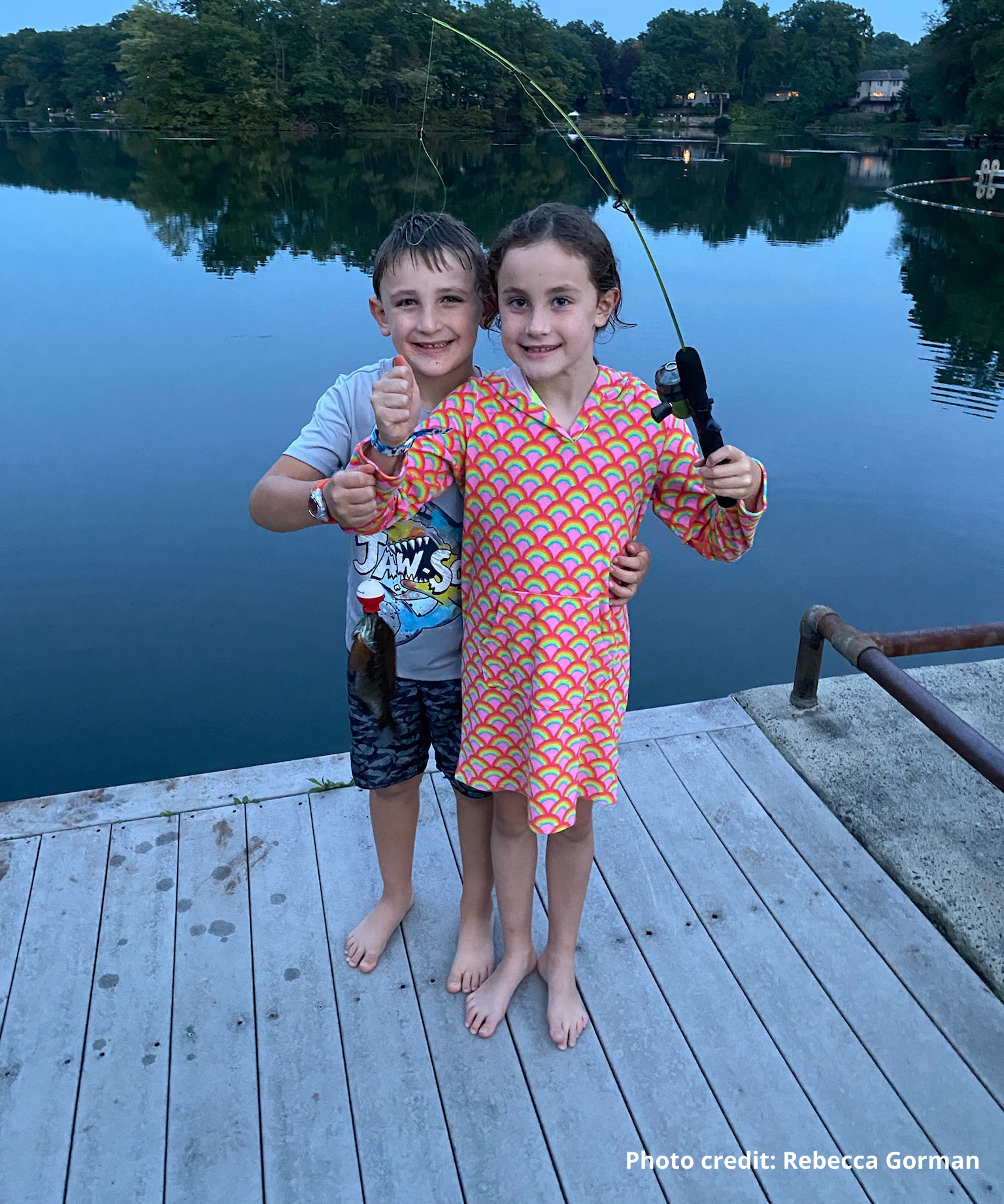
Waterfront and Watershed Area Management Practices
The best management practices in this checklist will help you become a better environmental steward.This information comes from a variety of sources, which provide in-depth information on the importance of these practices and how to implement them. For further information, ask any LakeArrowhead Lakes Committee member. Important note: There are federal, state and local laws and regulations that govern many aspects of shoreline property maintenance, including remodeling, cutting vegetation, landscaping and building on lands within the shoreline zone (which is usually within 300 feet of a stream or 1000 feet of a lake).
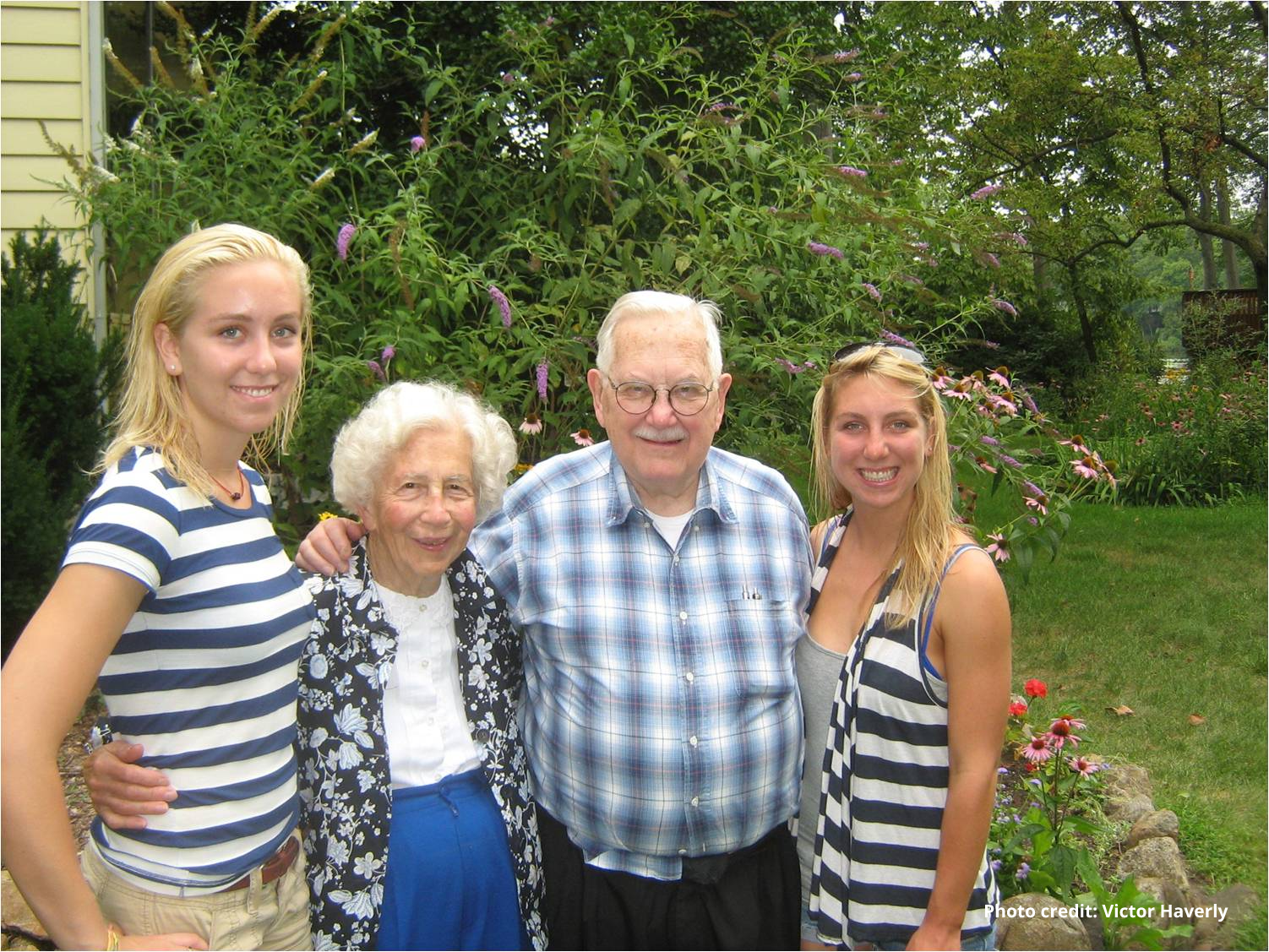
Lawn care
Replace a large lawn with a smaller lawn area with shrub borders and native plantings to replace the lawn area. Choose native trees, grasses or ground covers that minimize maintenance, fertilizer and pesticide application. Allow natural vegetation to reestablish itself. Water infrequently but thoroughly. Mow only when necessary ; the ideal height for healthy grass is 2.5 – 3 inches. Use non – motorized lawn mowers for small lawns. Leave grass clippings on the lawn. Avoid using fertilizers and broadleaf herbicides. Consider an organic lawn care service. If fertilizer use is necessary, use a phosphate – free fertilizer , once a year, in the fall. Do not apply within 10 (or more) feet of a body of water. Pull weeds by hand in small yards. Rake leaves as soon as possible after they fall; DO NOT put them into the lake
Landscaping
- Maintain a natural landscape instead of a lawn, i.e., keep or replenish native trees, woody plants, shrubs, wildflowers, native grasses and a ground cover of low-growing vegetation.
- Leave or maintain a buffer zone of natural native vegetation along the lakeshore.
- Plant native bulbs, perennial flowers and similar ground cover to add color.
- Preserve or re-create a natural, wooded setting. You can have a wooded setting and still maintain the view of the lake. Many landowners find that trees add a scenic “frame” to the lake’s “portrait”.
- Ensure that you have appropriate storm water and erosion controls that follow the natural contours of the land and use materials and systems that promote infiltration rather than runoff. See the Green Built Home Checklist (found at www.greenbuilthome.org) for specific infiltration techniques.
- Limit paving, sidewalks, driveways and rooftop areas- these tend to encourage erosion.Consider planting a rain garden, which will promote rainwater infiltration and help control runoff.
- Refer to the Green Built Home Checklist for additional landscape conservation and storm water management techniques
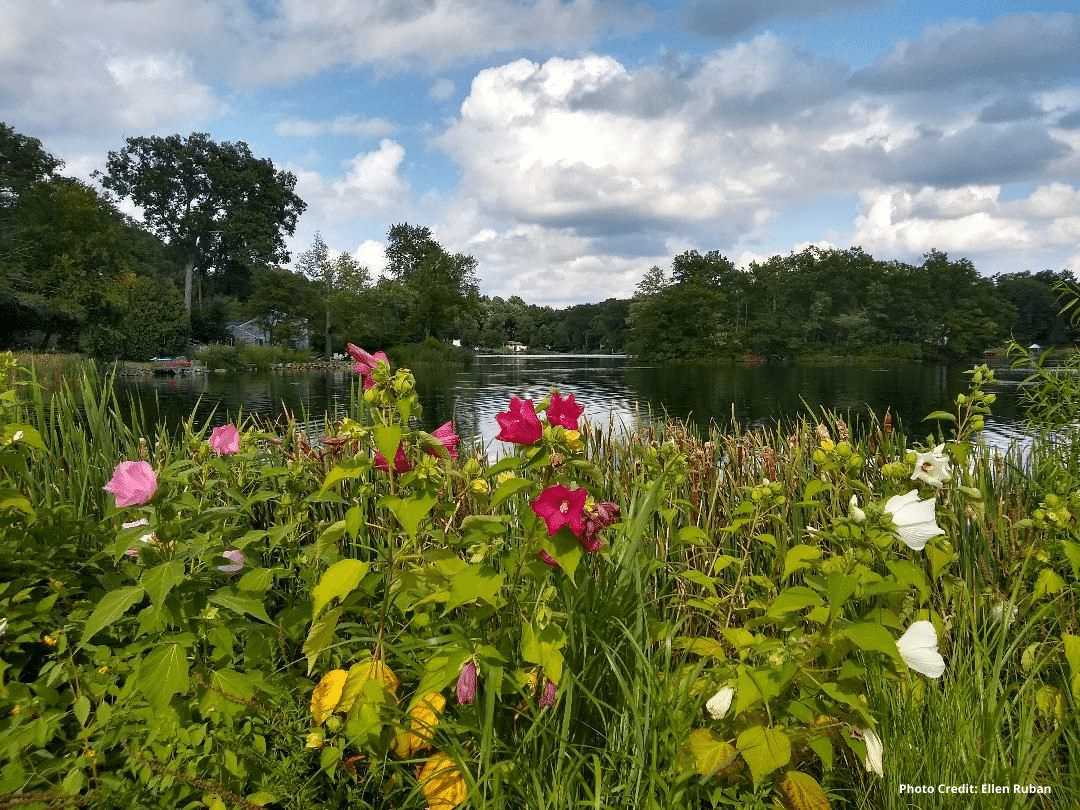
Shoreline, Wildlife Habitat and Aquatic Plant Protection
Maintain a natural shoreline. Preserve aquatic plants. Remove only the plants absolutely necessary for swimming or boating. Re -e stablish rooted aquatic plants. Use organic materials (shrubs, brush, logs, etc.) combined with plants for erosion control. Use riprap (specific gradations of rock along the shore) only if organic materials are not effective in controlling erosion. Preserve or reestablish existing vegetated stream corridors. Ensure that there is adequate and appropriate stream bank vegetation. Preserve trees, trees that have fallen in lakes, tree trunks and branches to provide protection for fish and aquatic life.

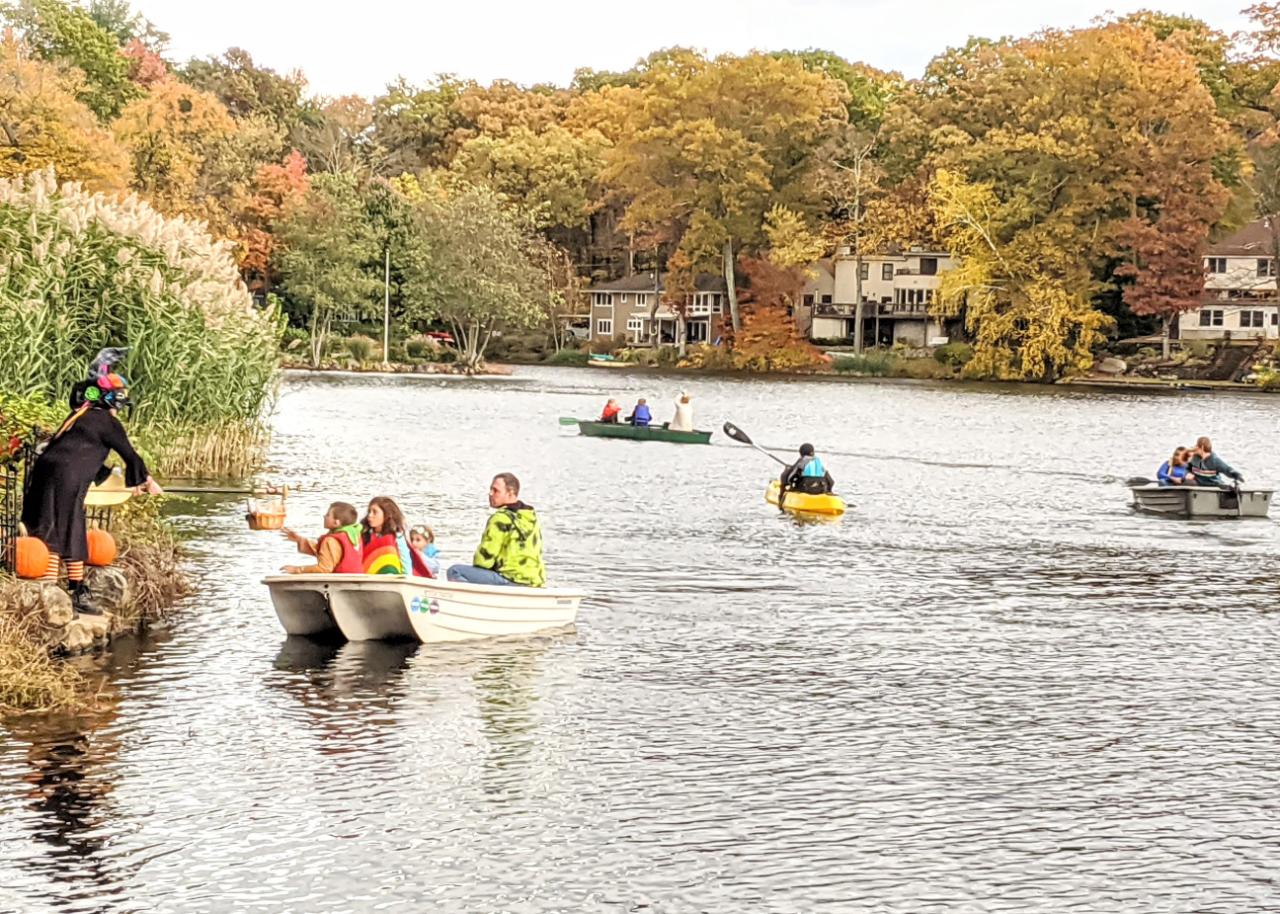
Building and Remodeling
Consult the Green Built Home Checklist for more recommendations on landscape conservation and enhancement, measures to protect topsoil and control erosion, and storm water management through use of permeable paved surfaces and rainwater dispersion/diversion. Construct docks, decks, and other outdoor structures from sustainable, low – toxicity materials such as ACQ treated wood or recycled plastic composite materials (no CCA – Chromated Copper Arsenate – treated lumber). Maintain the existing elevation of the lot , so as to not significantly change the flow of water from the land. Place buildings and other structures away from ravines, dry cree k beds, and other such waterways.
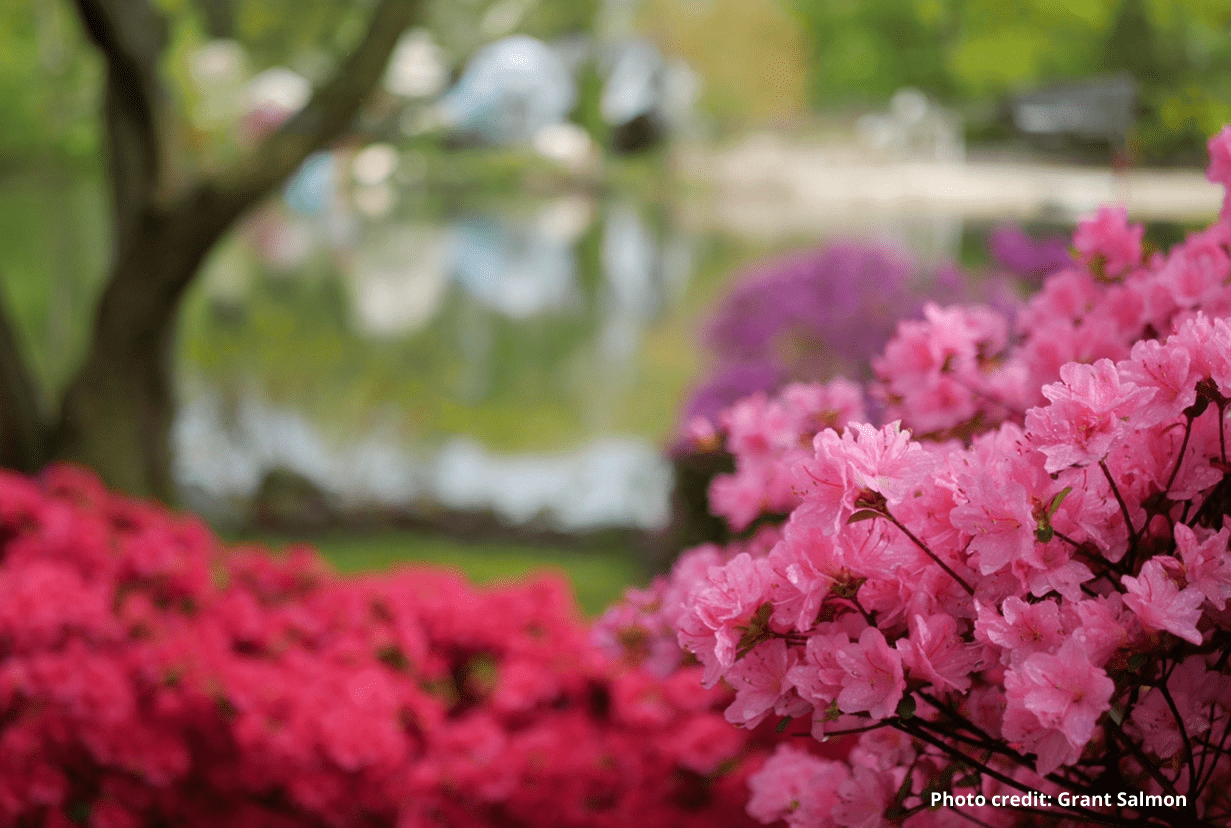
Gardens
Locate your cultivated and/or vegetable garden away from the shoreline. Plant a wide variety of plants and rotate them from year to year. Plant early in the season to avoid peak pest populations and remove pest – infested plant material by hand rather than use pesticides. Test your soil to determine nutrient needs and proper pH. Till or weed instead of using herbicides. Remove lar ge insects by hand. Avoid pesticide use.
General
Become involved with your local lake association . D o something positive for your lake and meet your neighbors in the process. Sweep driveways and sidewalks instead of washing down. Use no – or low – phosphorus detergents and use soaps and other cleaning agents carefully . N ever allow them to wash into a lake, stream or wetland. Pick up and dispose of pet & goose waste immediately, properly and away from the water. Keep garden and grass clippings and leaves out of the water. If possible, wash your car or truck on the grass rather than the driveway. Use a small amount of no – phosphate detergent. Compost yard and vegetable waste.
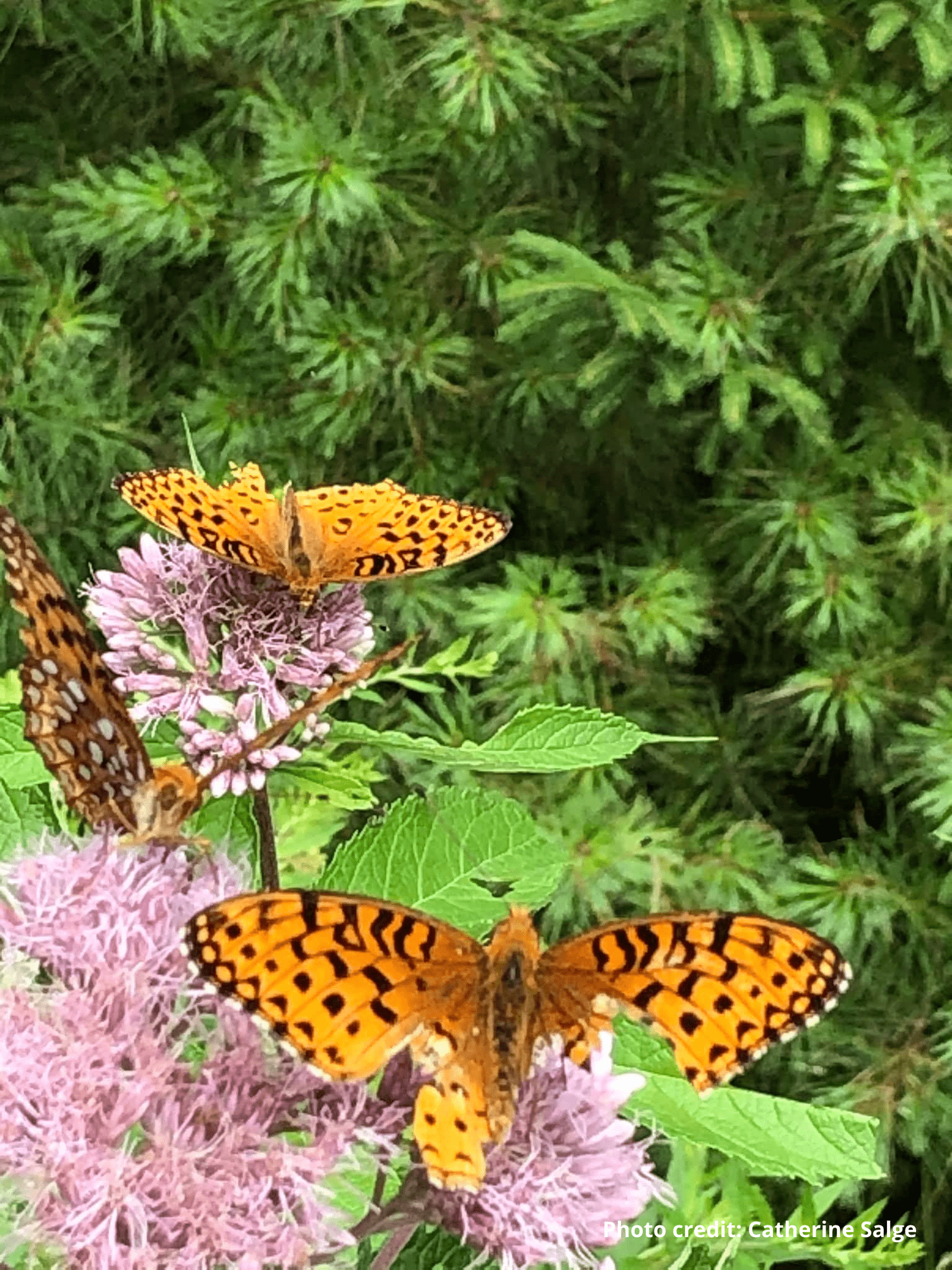
PUBLICATIONS
The following publications can provide you with more information about lakeside living and are available as noted below.
Lakescaping for Wildlife and Water Quality
Dindorf, Carolyn J.; Henderson, Carrol L.; and Rozumalski, Fred J.
Minnesota Department of Natural Resources. $19.95.
Available at amazon and elsewhere.
Life on the Edge… Owning Waterfront Property
Dresen, Michael C. and Korth, Robert M. $10.00 (plus $2.00 shipping and handling).
Available from UWEX-Lakes Partnership. College of Natural Resources, University of Wisconsin Stevens Point, Stevens Point, WI 54481 or call (715) 346-2116.
Many other options
